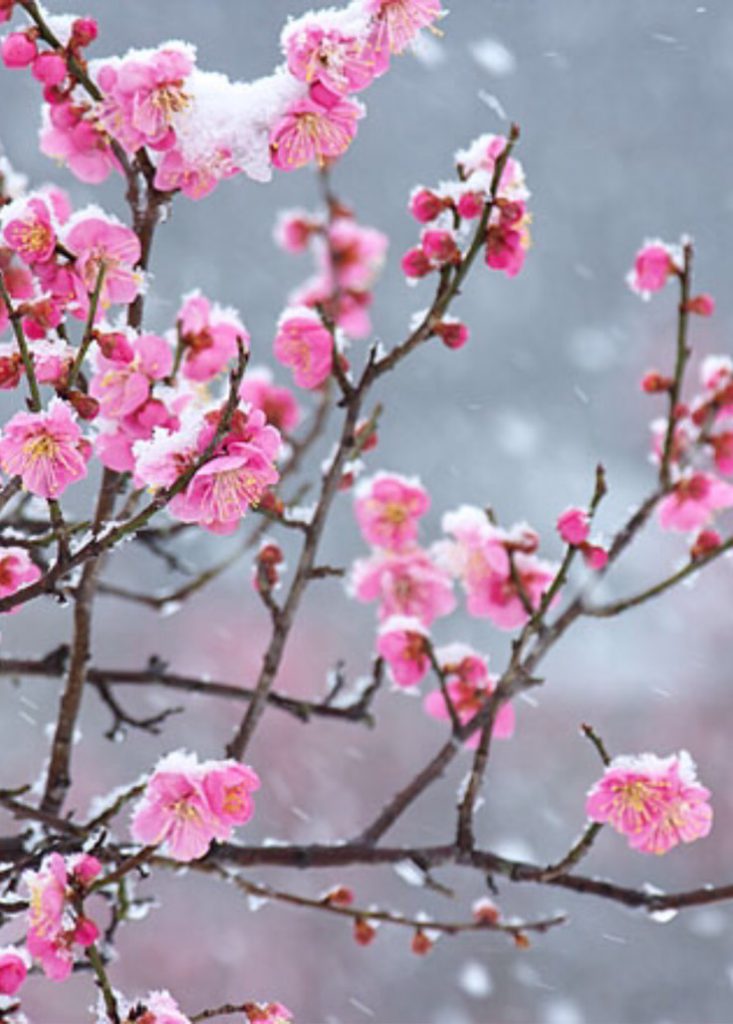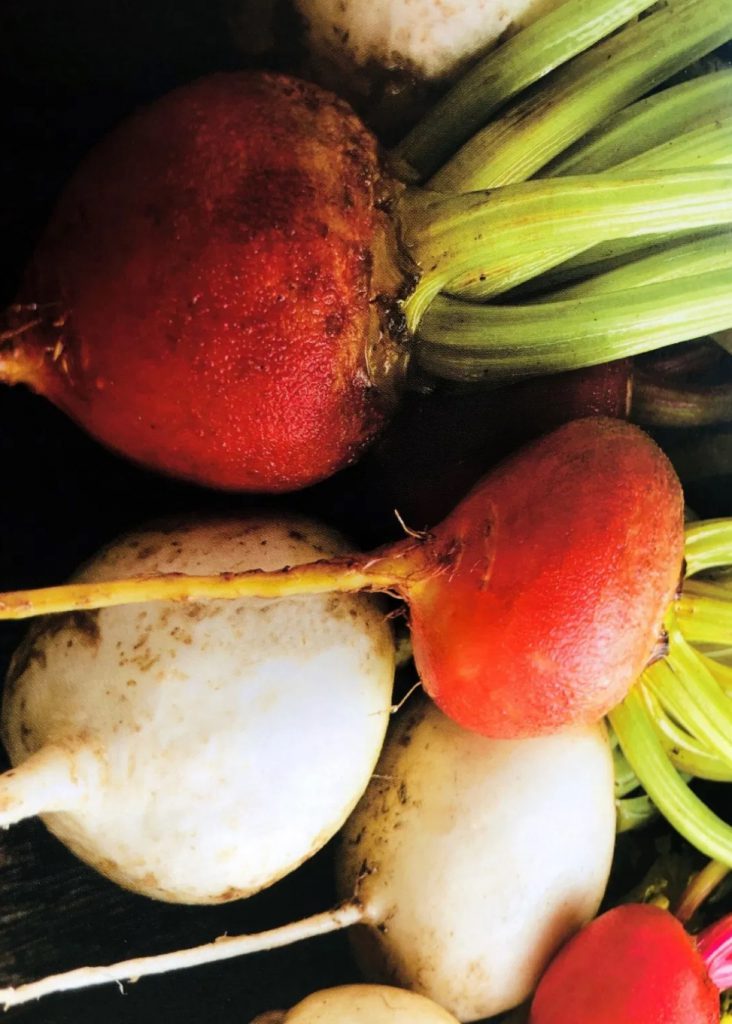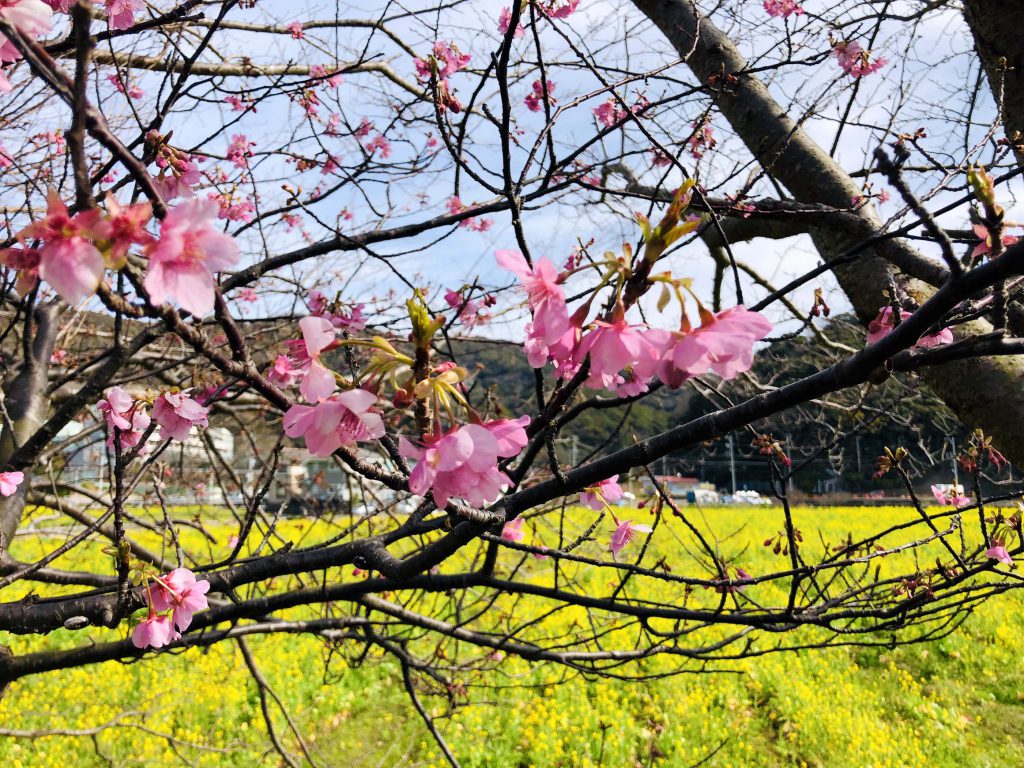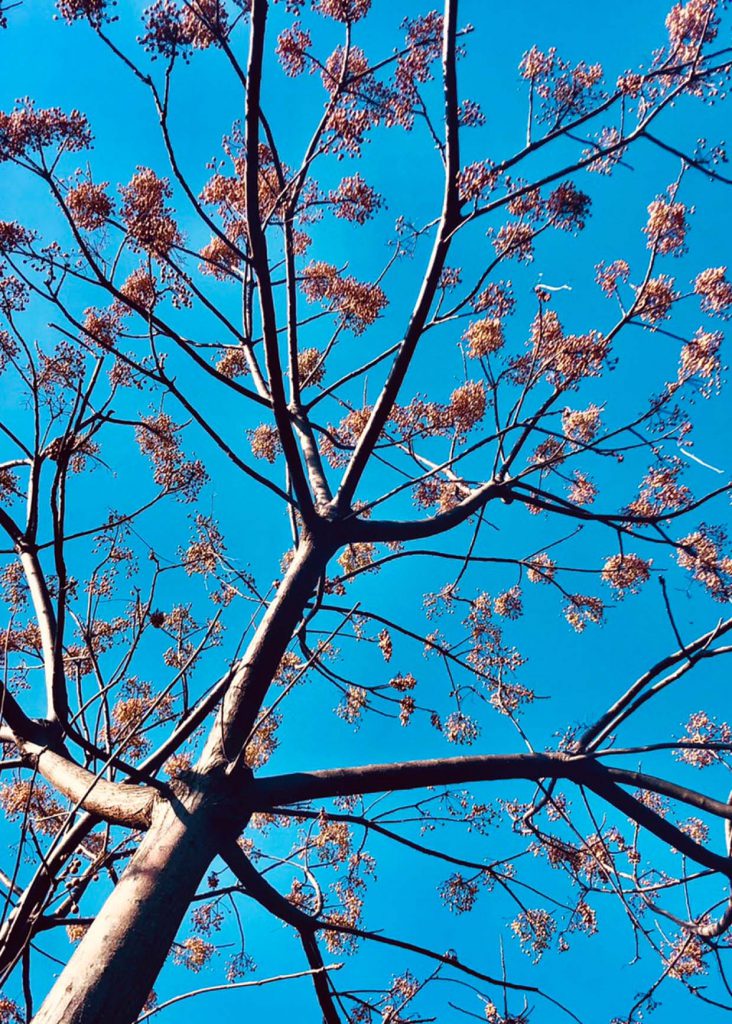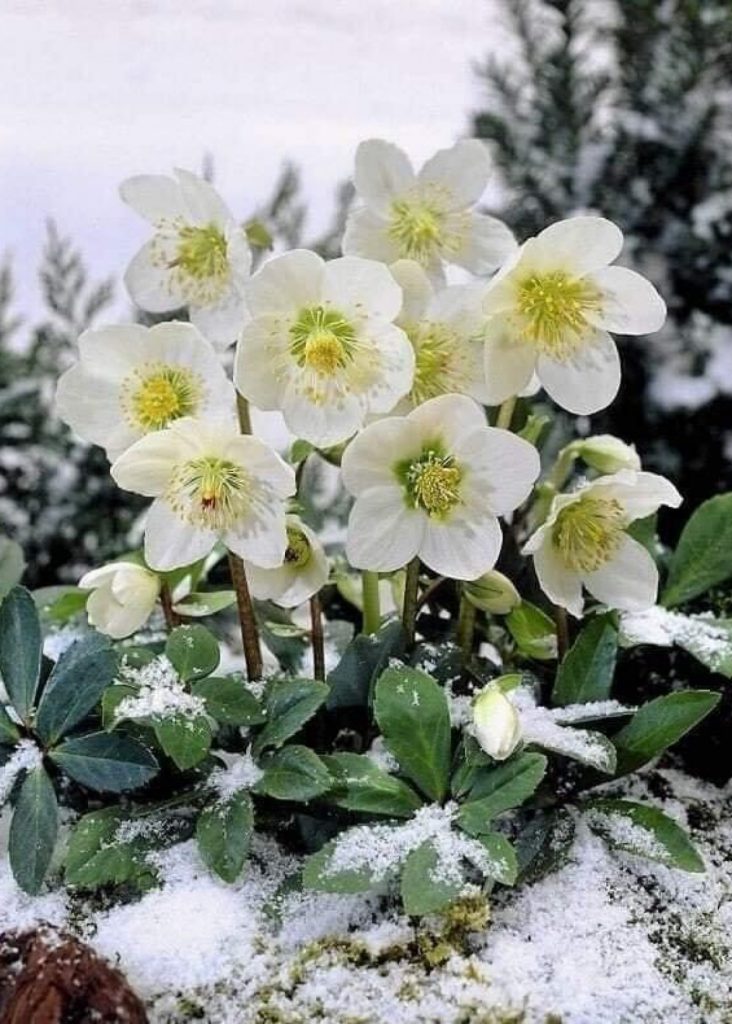
It’s cold this morning. It is 1 degree below freezing. It’s Daikan(the coldest period between about January 20 and February 4, the first day of spring) yesterday, so the cold should be at its peak, but I don’t know. Recently, it is often said that everything is breaking records or the first time in the history of observation, so I don’t know if there will be even colder days. However, the surrounding trees and flowers are definitely preparing for spring. Sasanqua has begun to drop a lot of petals, but there is still momentum. White sasanqua flowers are blooming on the promenade that has not dawned yet, and it looks like a road lantern. A faint scent of plum blossoms drifts from the nearby plum garden, which makes me feel more spring. We want to overcome the coronavirus and have a hopeful spring, aren’t we?
今朝は寒い。氷点下1度です。昨日(1/20)は大寒ですから、寒さもピークのはずですがわかりません。最近は何もかもが記録破りだとか、観測史上初めてと言ったことが多いから、さらに寒い日があるかも分かりません。しかし、周りの木々や草花は確実に春の準備を進めています。山茶花も花びらを沢山落とし始めていますが、まだまだ勢いがあります。まだ開けやらぬ遊歩道に真っ白な山茶花が咲いていて、道灯籠の様です。近くの梅園から仄かな梅の香りも漂って来ますから、いっそう春の気分を盛り上げます。コロナウイスに打ち勝って、希望に満ちた春を迎えたいですね。

